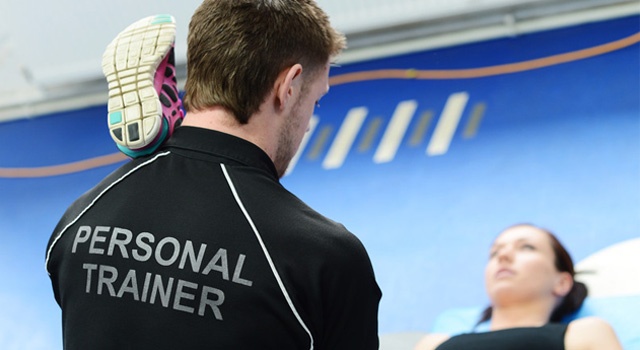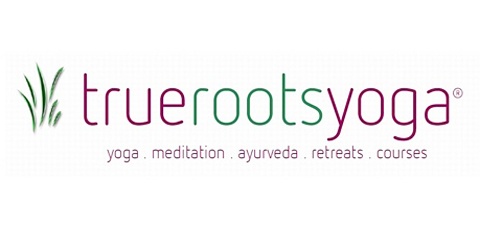How to Become a Personal Trainer
Becoming a personal trainer can be an incredibly rewarding career
choice. You get to do something you love every day, and see the
transformation and progress of your clients – really sharing in their
success and feeling like you’ve made a difference.
But how do you start the process of becoming a personal trainer? Our comprehensive resource guide runs you through it.
What skills does a personal trainer need?
Before you even
look into starting any training courses, you need to assess your own
personal skills and passions to make sure they line up with what a
successful personal trainer is going to need. These would be our most
important skills and traits:
Strong people skills including:
- Patience with clients
- Friendly, easy to talk to
- Enthusiasm & passion
- Tact
- Knowledge of fitness, the body, healthy eating & anatomy
- Strong organisational skills
- Most importantly – a passion for the industry!
What qualifications and skills does a personal trainer need?
There are four initial key qualifications you require in order to start working as a personal trainer in the UK:
- Level 2 Gym Instructor Qualification
- Level 3 Personal Trainer Qualification
- First Aid Certificate
- Personal Trainer Insurance
Click each of the above to Get Trained.
The
more added qualifications you can get, the more expanded your skillset
will be. The CPD (Continuing Professional Development) training offered by BodyAid allows you to go even further past your gym instructor or personal
trainer qualifications.
You also need to be aware of specialist
qualifications in addition to these basics. One of the best ways to
break into the industry is to look at an area you’re passionate about
and do it. To do this, though, you’re going to need qualifications
and/or experience in your particular area.
This means you’ll
master your trade and, when clients know exactly what they’re looking
for, you’ll be there standing out on top!
How much does a personal trainer earn?
It's important to be realistic. A lot of people have mismanaged expectations of how much they can earn. You're self-employed so it's up to you to set a realistic hourly rate, and aim to take on a manageable number of clients.
As a self-employed or freelance personal trainer, you can typically look to be earning between £20 and £40 per hour. Be wary of people touting high-end figures talking about £100 an hour as this isn't typical.
If
you’re a personal trainer in full-time employment (e.g. working with a
fitness centre or gym) then you can earn anywhere between £12,000 and £20,000 a year.
There
are so many factors that go into what a personal trainer can earn that
it’s really difficult to pin down an exact or average figure. It all
depends on your qualifications, whether you’ve undertaken CPD training,
how much experience you’ve got and the number of clients you can sign up, particularly if you're freelance.
How do I make it as a personal trainer?
How long have you got? The blog has some more useful information and a lot of it can fall outside of your initial training. Once you’ve
got this under your belt you need to stand out; choose your specialities and run with them. Get more experience and (if possible) more
qualifications so that you don’t get lost amongst the large number of
personal trainers out there.
It’s a competitive market, so you
need to be realistic about your rates, the number of clients you can
take on and what specialities and USPs you can offer.
What’s next?
BodyAid's Advice Centre
is constantly being updated with new posts and information that can
help expand your knowledge outside of formal training. It’s important to
keep it topped up!
(You can read the original article here.)








